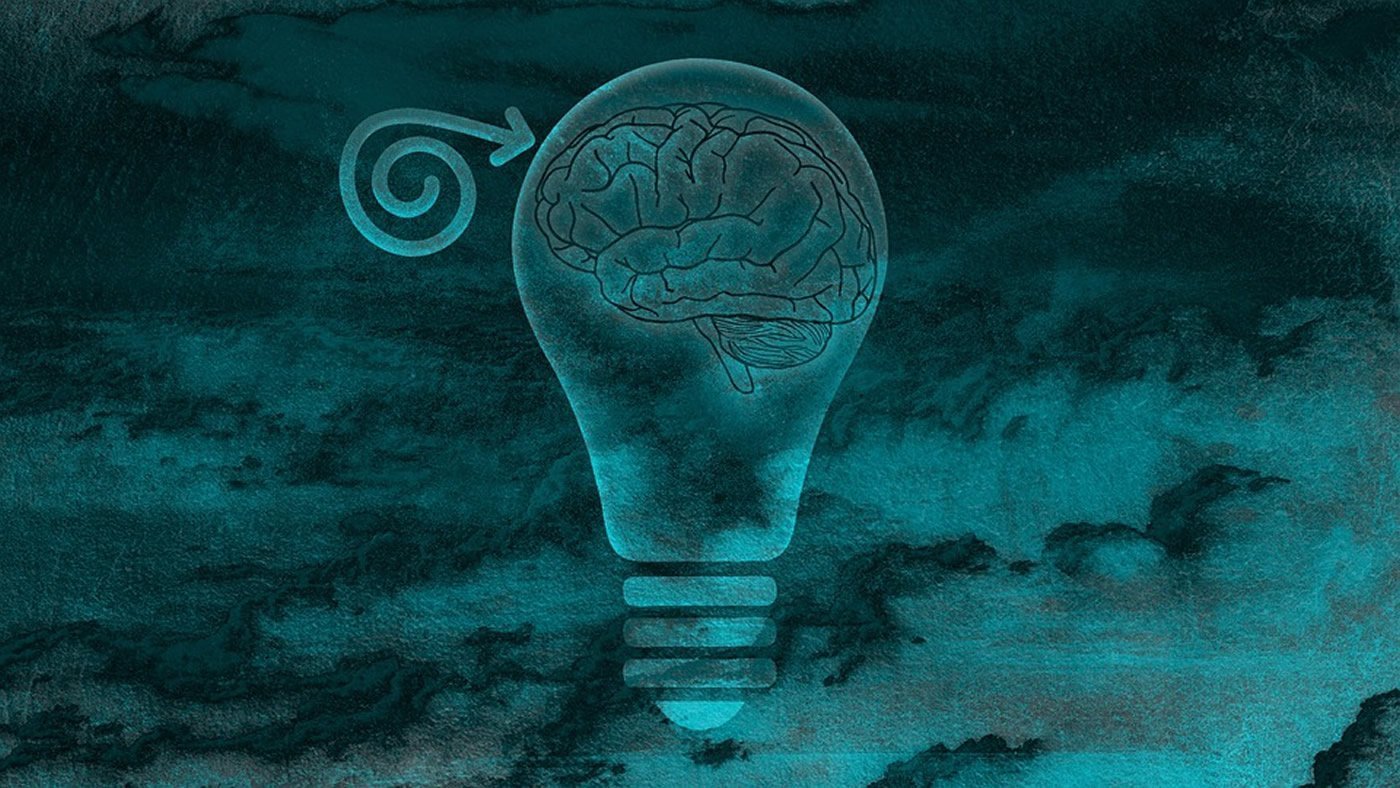Summary: Researchers have discovered a brain-based marker for new thoughts, reporting people experience more than 6,000 thoughts per day. The study reports a new method that can detect indirectly when one thought ends and another begins.
Source: Queens University
Queen’s University researchers uncover brain-based marker of new thoughts and discover we have more than 6,000 thoughts each day.
Researchers at Queen’s University have established a method that, for the first time, can detect indirectly when one thought ends and another begins. Dr. Jordan Poppenk (Psychology) and his master’s student, Julie Tseng, devised a way to isolate “thought worms,” consisting of consecutive moments when a person is focused on the same idea. This research was recently published in Nature Communications.
“What we call thought worms are adjacent points in a simplified representation of activity patterns in the brain. The brain occupies a different point in this ‘state space’ at every moment. When a person moves onto a new thought, they create a new thought worm that we can detect with our methods,” explains Dr. Poppenk, who is the Canada Research Chair in Cognitive Neuroscience. “We also noticed that thought worms emerge right as new events do when people are watching movies. Drilling into this helped us validate the idea that the appearance of a new thought worm corresponds to a thought transition.”
“Thought transitions have been elusive throughout the history of research on thought, which has often relied on volunteers describing their own thoughts, a method that can be notoriously unreliable,” Dr. Poppenk adds. “Being able to measure the onset of new thoughts gives us a way to peek into the ‘black box’ of the resting mind—to explore the timing and pace of thoughts when a person is just daydreaming about dinner and otherwise keeping to themselves.”
Over the past 15 years, researchers have made large advances in cognitive neuroscience by using brain imaging to guess “what” a person is thinking about at any given time. They do this by comparing brain activity imaging to a series of known template brain patterns. But a key limitation with this what research is that researchers need a template for every idea they want to observe. It’s expensive and time-consuming to generate these templates, so researchers are limited to searching for a relatively small set of possible ideas.
“We had our breakthrough by giving up on trying to understand what a person is thinking about, and instead focusing on when they have moved on,” Dr. Poppenk says. “Our methods help us detect when a person is thinking something new, without regard to what the new thought is. You could say that we’ve skipped over vocabulary in an effort to understand the punctuation of the language of the mind.”
Dr. Poppenk says just knowing what the brain is thinking has advanced our understanding of how mind works, knowing when thoughts turn over promises to open up new research discoveries. As a starting point, Dr. Poppenk and Tseng have shown that their thought measures can predict aspects of a person’s personality, and they estimate that the average person has about 6,200 thoughts per day.
Basic research into “spontaneous thought”—pertaining to how, exactly, thoughts flow from one to another—may help us to better understand practical questions such as how drinking a cup of coffee influences the nature of our thinking, or how our thoughts proceed differently when we watch a movie a second time.

Looking forward, along with providing these findings as a tool for other researchers, Dr. Poppenk and his research team have plans for new projects, including working to understand how cognitive dynamics vary across the lifespan and also gaining a better understanding into how mentation rate, the rate at which someone’s thoughts turn over, may relate to individuals’ other qualities.
“For example, how does mentation rate—the rate at which thought transitions occur—relate to a person’s ability to pay attention for a long period? Also, can measures of thought dynamics serve a clinical function? For example, our methods could possibly support early detection of disordered thought in schizophrenia, or rapid thought in ADHD or mania,” says Dr. Poppenk. “We think the methods offer a lot of potential; we hope to make heavy use of them in our upcoming work.”
About this neuroscience research article
Source:
Queens University
Media Contacts:
Anne Craig – Queens University
Image Source:
The image is in the public domain.
Original Research: Closed access
“Brain meta-state transitions demarcate thoughts across task contexts exposing the mental noise of trait neuroticism” by Julie Tseng & Jordan Poppenk. Nature Communications
Abstract
Brain meta-state transitions demarcate thoughts across task contexts exposing the mental noise of trait neuroticism
Researchers have observed large-scale neural meta-state transitions that align to narrative events during movie-viewing. However, group or training-derived priors have been needed to detect them. Here, we introduce methods to sample transitions without any priors. Transitions detected by our methods predict narrative events, are similar across task and rest, and are correlated with activation of regions associated with spontaneous thought. Based on the centrality of semantics to thought, we argue these transitions serve as general, implicit neurobiological markers of new thoughts, and that their frequency, which is stable across contexts, approximates participants’ mentation rate. By enabling observation of idiosyncratic transitions, our approach supports many applications, including phenomenological access to the black box of resting cognition. To illustrate the utility of this access, we regress resting fMRI transition rate and movie-viewing transition conformity against trait neuroticism, thereby providing a first neural confirmation of mental noise theory.







